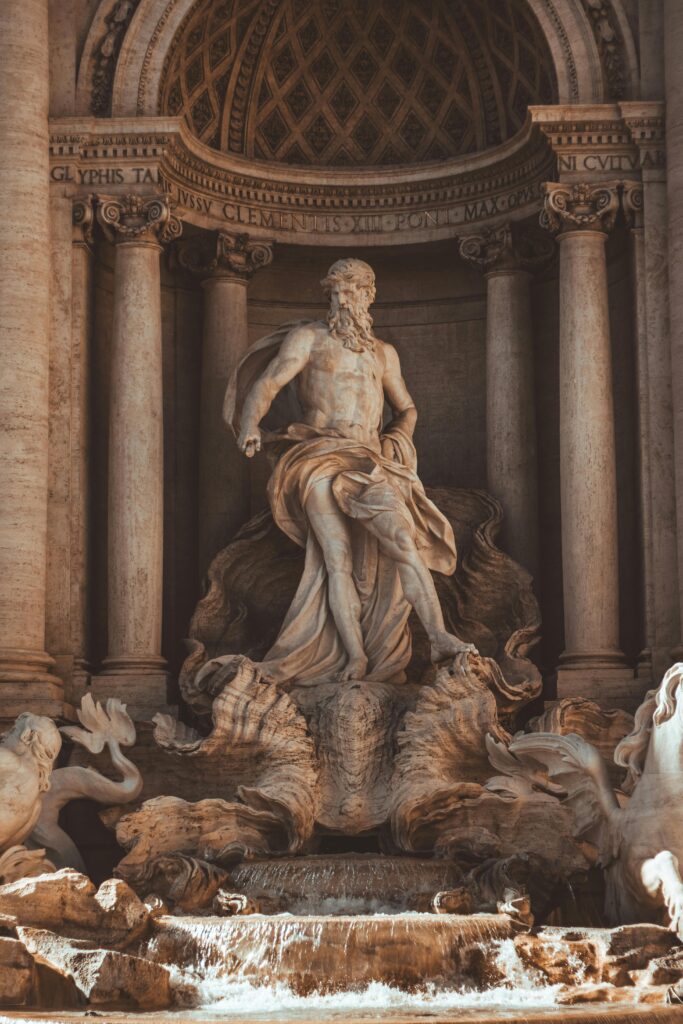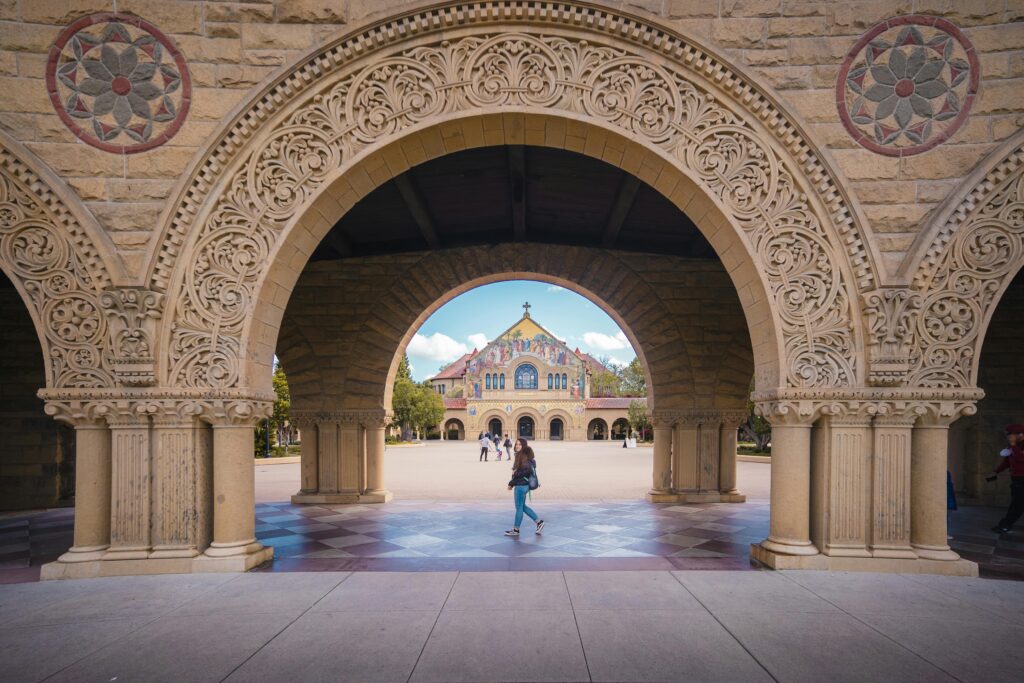The Intriguing World of Mechanical Art
Have you ever been captivated by the mesmerizing movements of mechanical sculptures or automata? In this article, we will delve into the concept of motion in mechanical art and explore the fascinating intersection of engineering and creativity. Let’s embark on a journey to uncover the magic behind these intricately designed pieces that come to life with every turn of a gear.

The Origins of Mechanical Art
Imagine a time when artists and craftsmen challenged themselves to create more than just static paintings and sculptures. The roots of mechanical art can be traced back to ancient civilizations, where intricate water clocks and automata were crafted to marvel both the elite and the common folk. These early forms of mechanized art laid the groundwork for the elaborate kinetic sculptures we see today.
Bringing Art to Life
The beauty of mechanical art lies in its ability to bring inanimate objects to life through movement. By incorporating gears, levers, and other mechanical components, artists can imbue their creations with a sense of dynamism that captivates the imagination. Whether it’s a whimsical automaton or a complex kinetic sculpture, each piece tells a unique story through its motion.
The Intersection of Engineering and Creativity
At the heart of mechanical art is the seamless integration of engineering principles with artistic vision. Artists must not only possess a keen understanding of mechanics and kinetics but also harness their creativity to design pieces that are aesthetically pleasing and conceptually profound. It is this harmonious blend of technical precision and artistic expression that sets mechanical art apart as a unique form of creative expression.
Types of Mechanical Art
Mechanical art encompasses a wide range of mediums and styles, each offering its own unique take on the concept of motion. From simple hand-cranked automata to elaborate clockwork sculptures, there is a diverse array of mechanical art forms to explore and appreciate. Let’s take a closer look at some of the most popular types of mechanical art:
| Type of Mechanical Art | Description |
|---|---|
| Automata | Intricate hand-cranked figures that mimic human or animal movements. |
| Kinetic Sculptures | Large-scale installations that incorporate mechanical components to create dynamic motion. |
| Clockwork Mechanisms | Precision-engineered clocks and timepieces that showcase intricate gear systems. |
| Interactive Installations | Immersive experiences that engage viewers through interactive elements and moving parts. |

The Mechanics Behind the Magic
So how exactly do these mechanical marvels come to life? The key lies in the meticulous design and assembly of the various components that make up a mechanical art piece. Gears, cams, springs, and other mechanisms work in unison to create fluid and captivating motion that delights viewers of all ages. Let’s break down some of the fundamental components that bring mechanical art to life:
Gears
Gears are the backbone of any mechanical system, transferring motion from one component to another with precision and efficiency. By interlocking teeth of varying sizes, gears can amplify or reduce the speed and torque of a mechanism, allowing for complex motion patterns to be achieved.
Cams
Cams are mechanical devices that convert rotary motion into linear motion, creating a wide range of effects such as lifting, dropping, or rotating components within a system. By controlling the shape and size of the cam profile, artists can dictate the timing and sequence of movements in their mechanical art pieces.
Springs
Springs are essential for storing and releasing energy within a mechanical system, providing the necessary force to drive motion. Whether it’s a coiled spring powering a winding mechanism or a tension spring controlling the movement of a figure, springs play a crucial role in ensuring smooth and consistent motion.
Linkages
Linkages are mechanical connections that transmit motion between different components in a system, allowing for complex and synchronized movements to be achieved. By carefully designing the lengths and angles of linkages, artists can create intricate motion patterns that captivate and engage viewers.
The Art of Motion
What sets mechanical art apart from traditional forms of art is its emphasis on movement as a central element of the creative process. Each motion in a mechanical art piece is carefully choreographed to evoke emotions, tell stories, or convey deeper meanings to the audience. Whether it’s a simple repetitive motion or a complex interplay of movements, the art of motion in mechanical art is a powerful tool for artists to express their creativity.

Exploring Themes in Mechanical Art
Mechanical art is not just about motion and mechanics—it is also a medium for exploring a wide range of themes and concepts. Artists often use their mechanical creations to comment on society, technology, nature, and the human experience, creating thought-provoking pieces that challenge the viewer’s perceptions and beliefs. Let’s delve into some common themes found in mechanical art:
Nature and Technology
Many mechanical artists draw inspiration from the natural world, using biomimicry to create art pieces that mimic the movements and behaviors of animals and plants. By blending organic forms with mechanical components, artists can create captivating sculptures that blur the line between nature and technology.
Time and Motion
Clockwork mechanisms and kinetic sculptures often explore the relationship between time and motion, reminding viewers of the fleeting nature of existence and the constant passage of time. These pieces use repetitive motions and rhythmic patterns to symbolize the cyclical nature of life and the inevitability of change.
Innovation and Imagination
Mechanical art is a fertile ground for experimentation and innovation, encouraging artists to push the boundaries of what is possible with motion and mechanics. By embracing creativity and thinking outside the box, artists can create groundbreaking pieces that challenge conventions and inspire future generations of mechanical artists.
The Future of Mechanical Art
As technology continues to advance and artists push the boundaries of creativity, the future of mechanical art is filled with endless possibilities. From interactive installations powered by artificial intelligence to robotic sculptures that blur the line between man and machine, the realm of mechanical art is evolving at a rapid pace. By embracing new technologies and harnessing the power of imagination, artists can continue to create mesmerizing pieces that delight and inspire audiences around the world.
Embracing the Magic of Mechanical Art
In conclusion, the concept of motion in mechanical art is a testament to the ingenuity and creativity of artists who seek to bring inanimate objects to life through movement. By blending engineering principles with artistic vision, mechanical artists have created a mesmerizing world of kinetic sculptures, automata, and interactive installations that captivate and inspire audiences of all ages. So the next time you encounter a mechanical art piece, take a moment to appreciate the magic behind its motion and the stories it has to tell.

